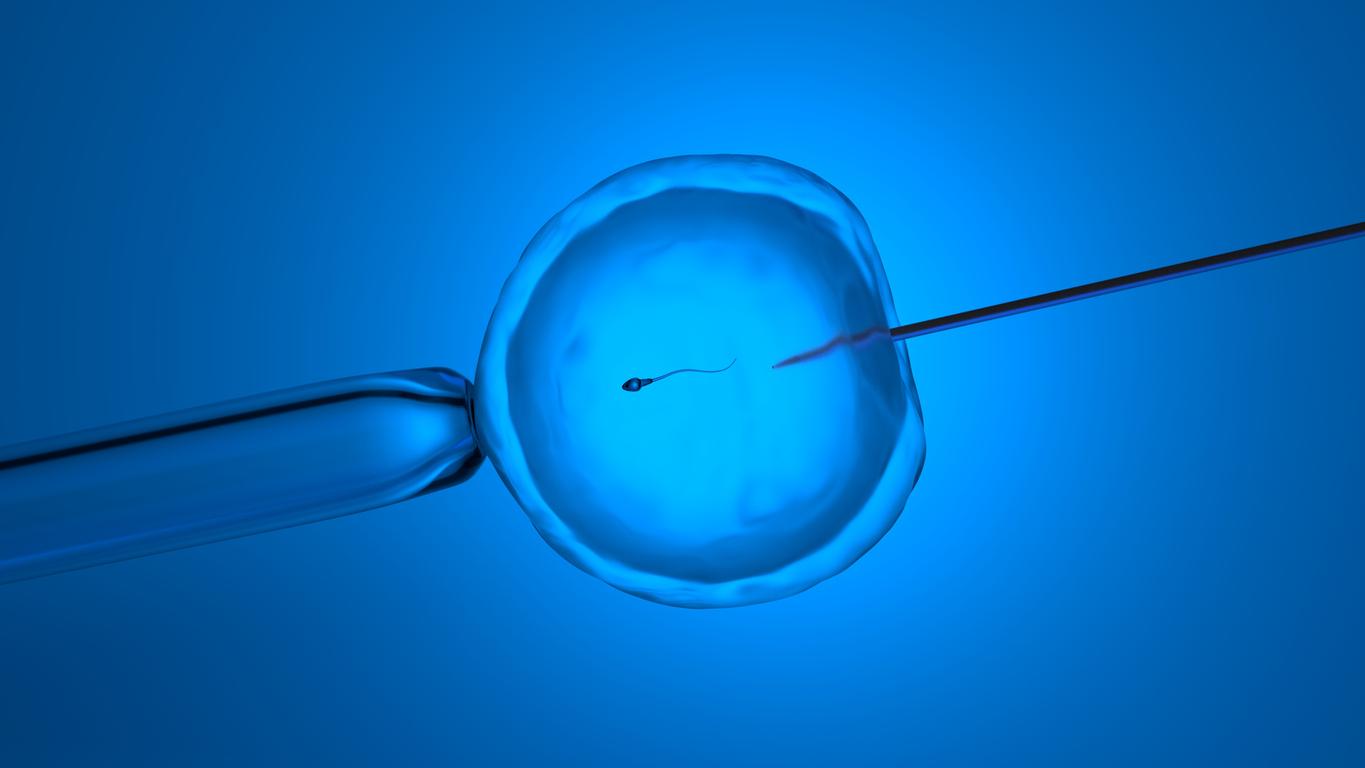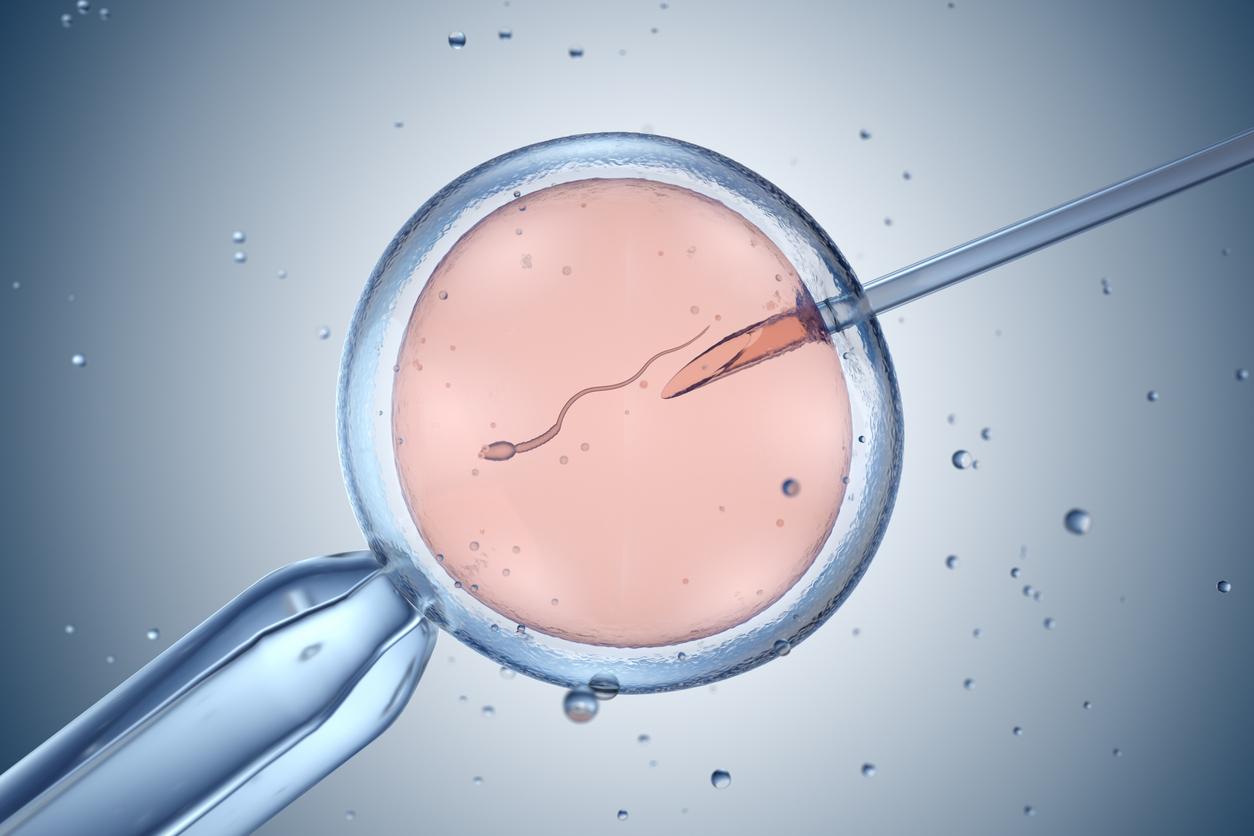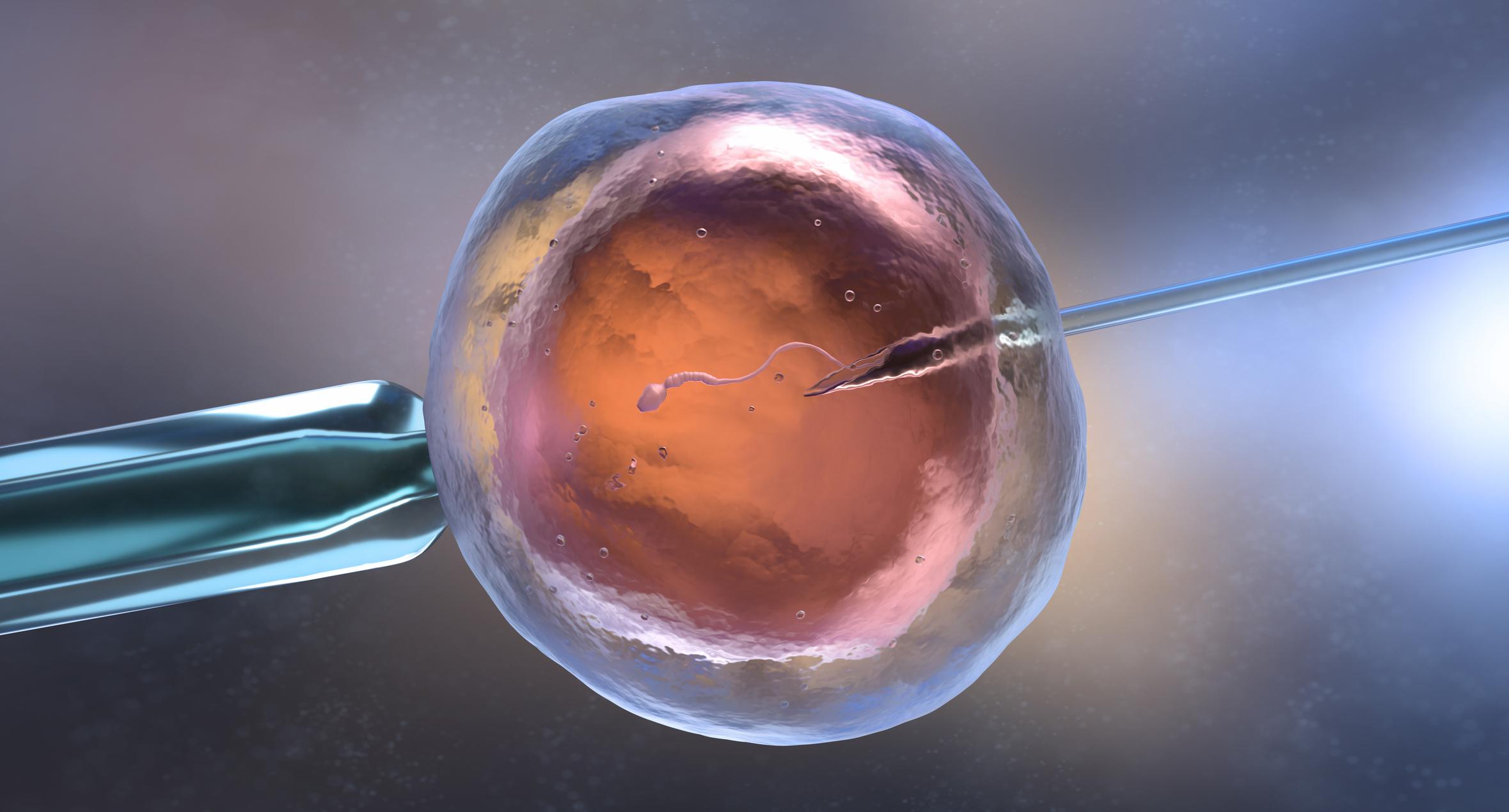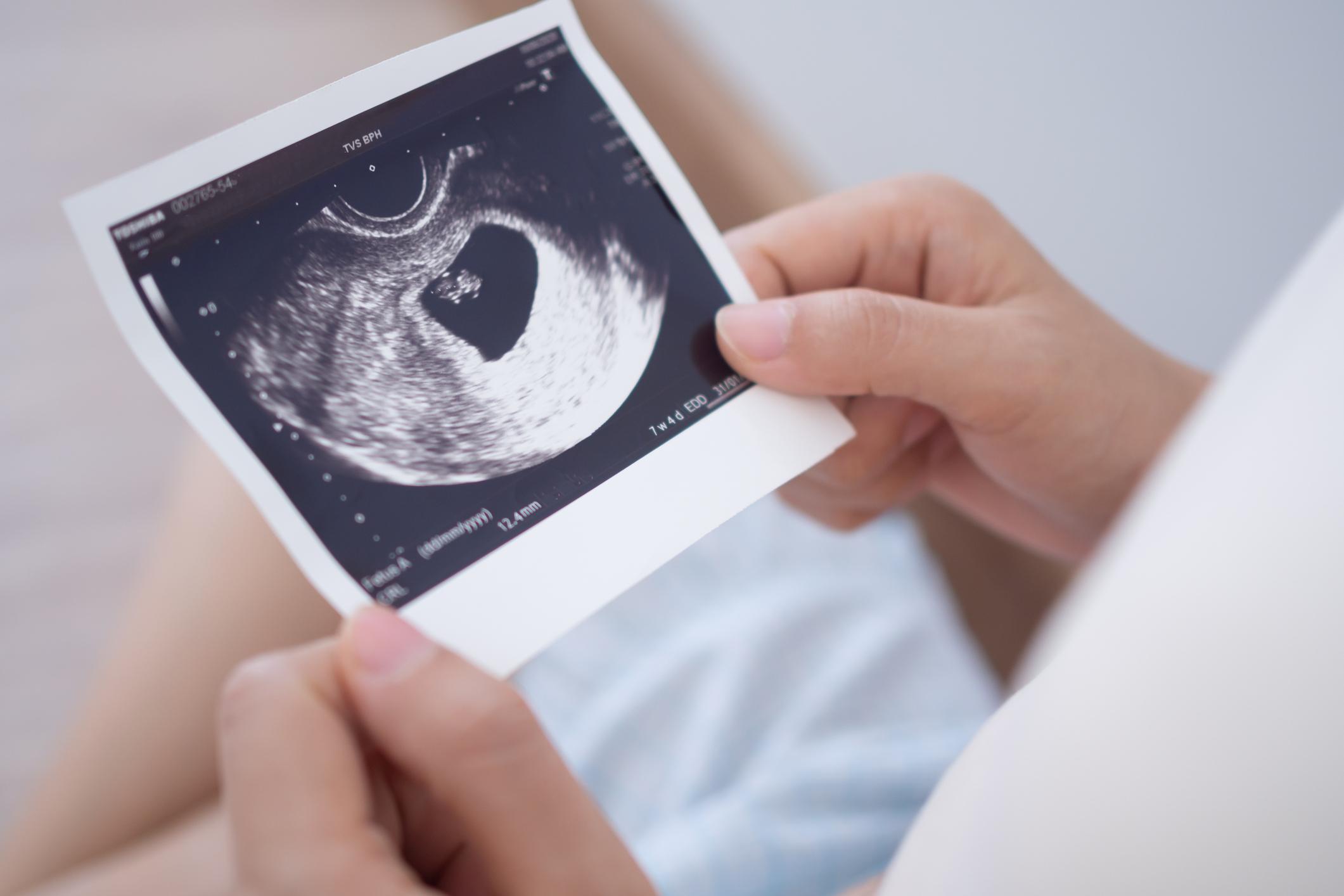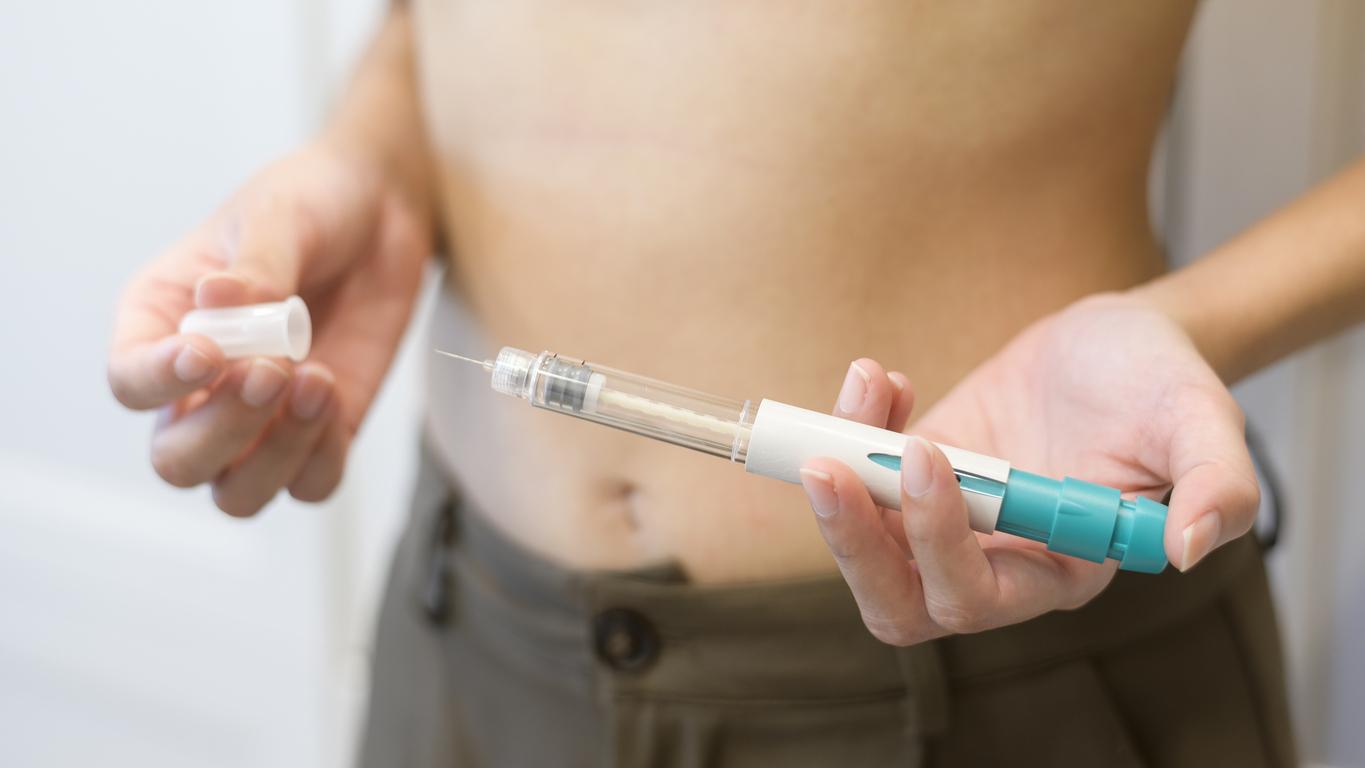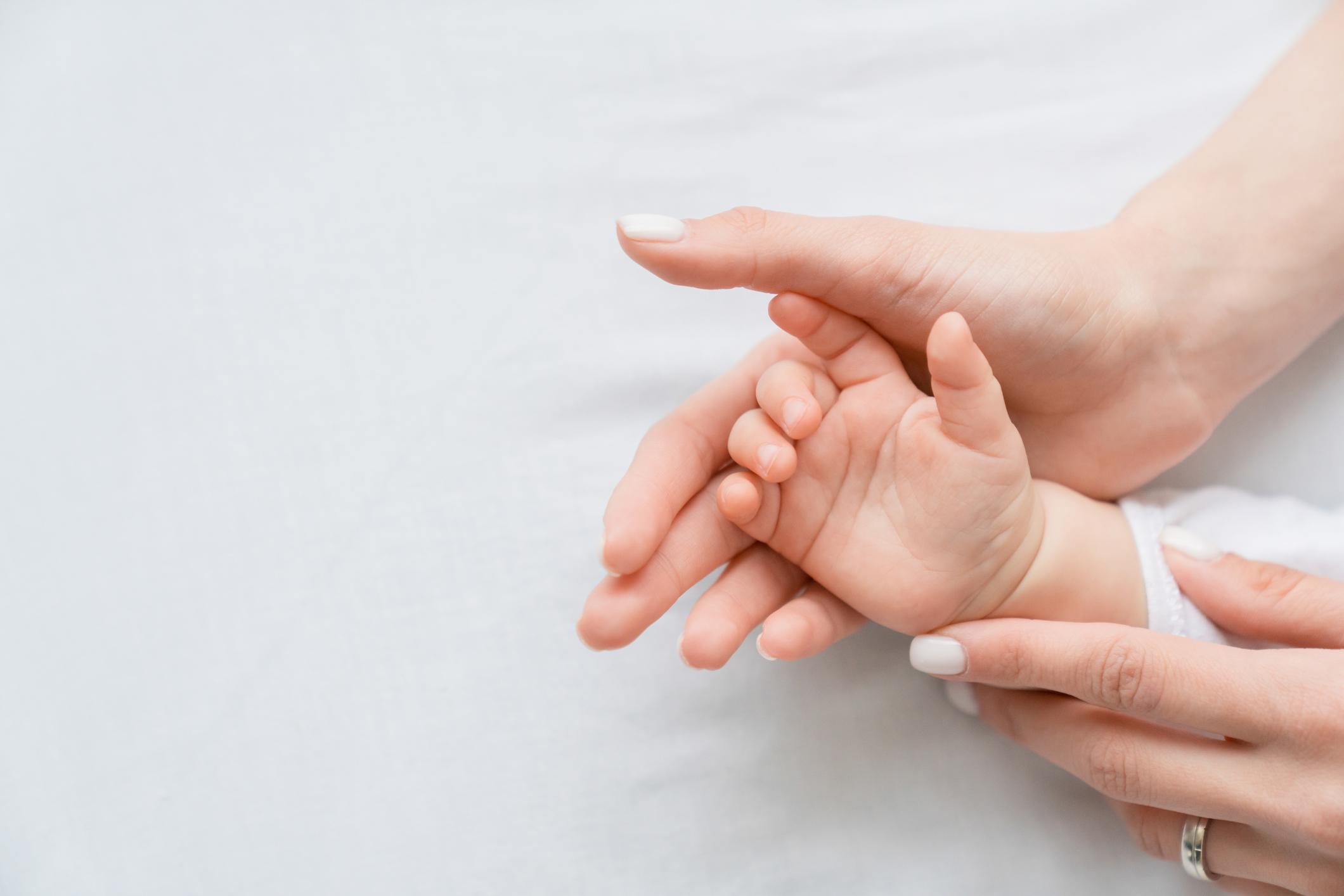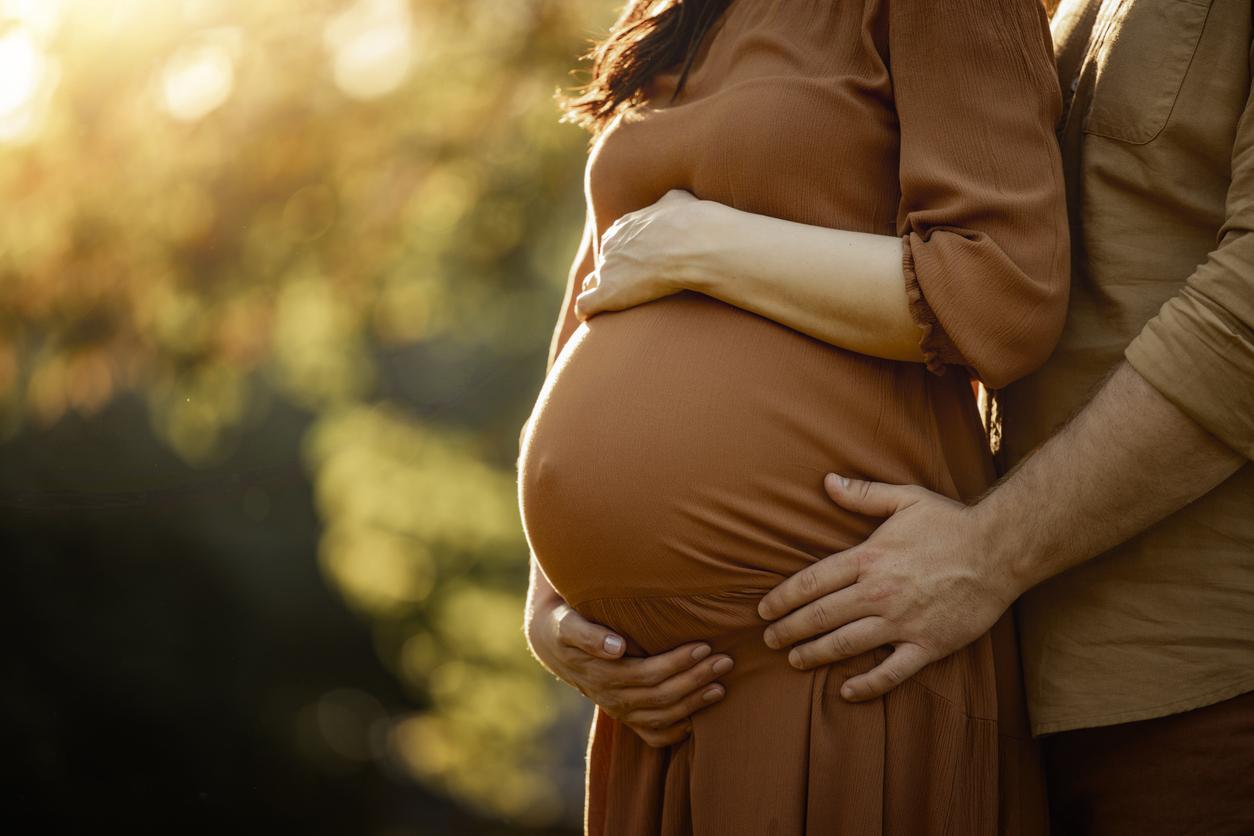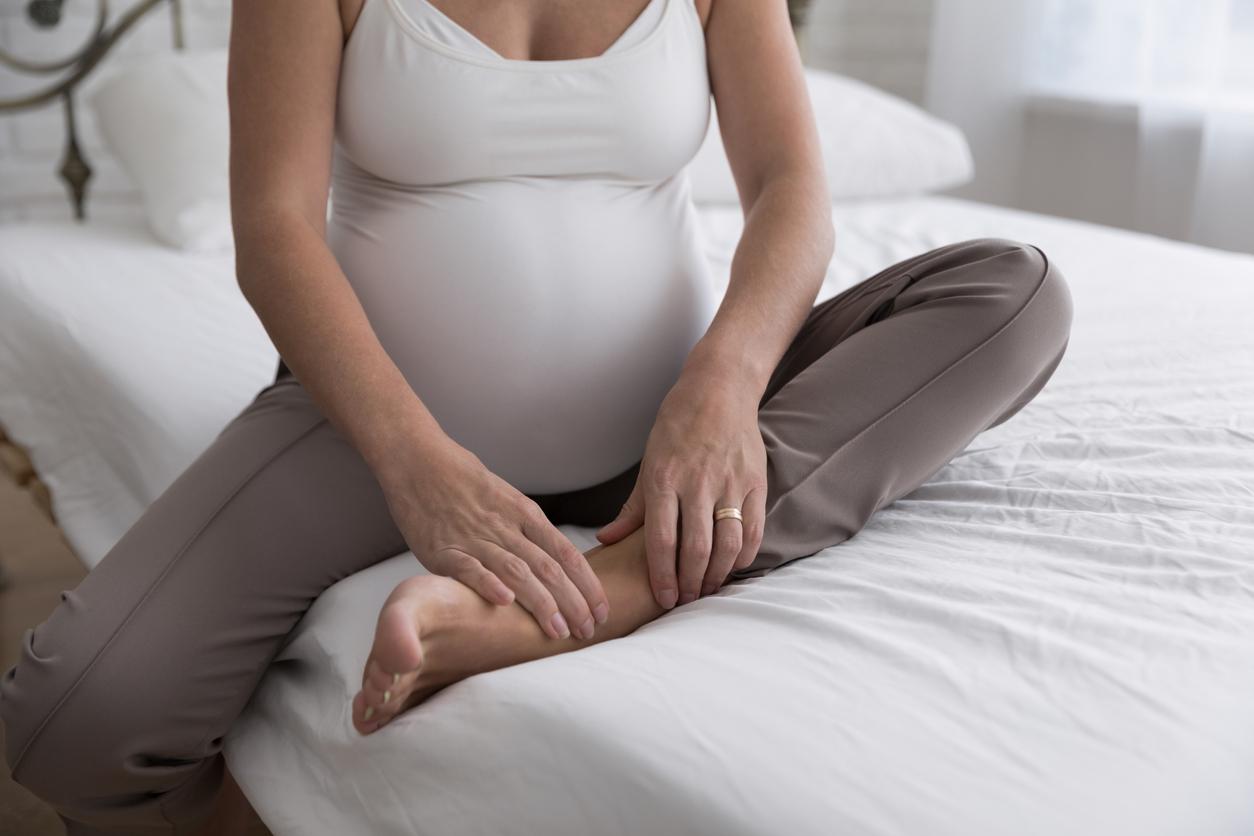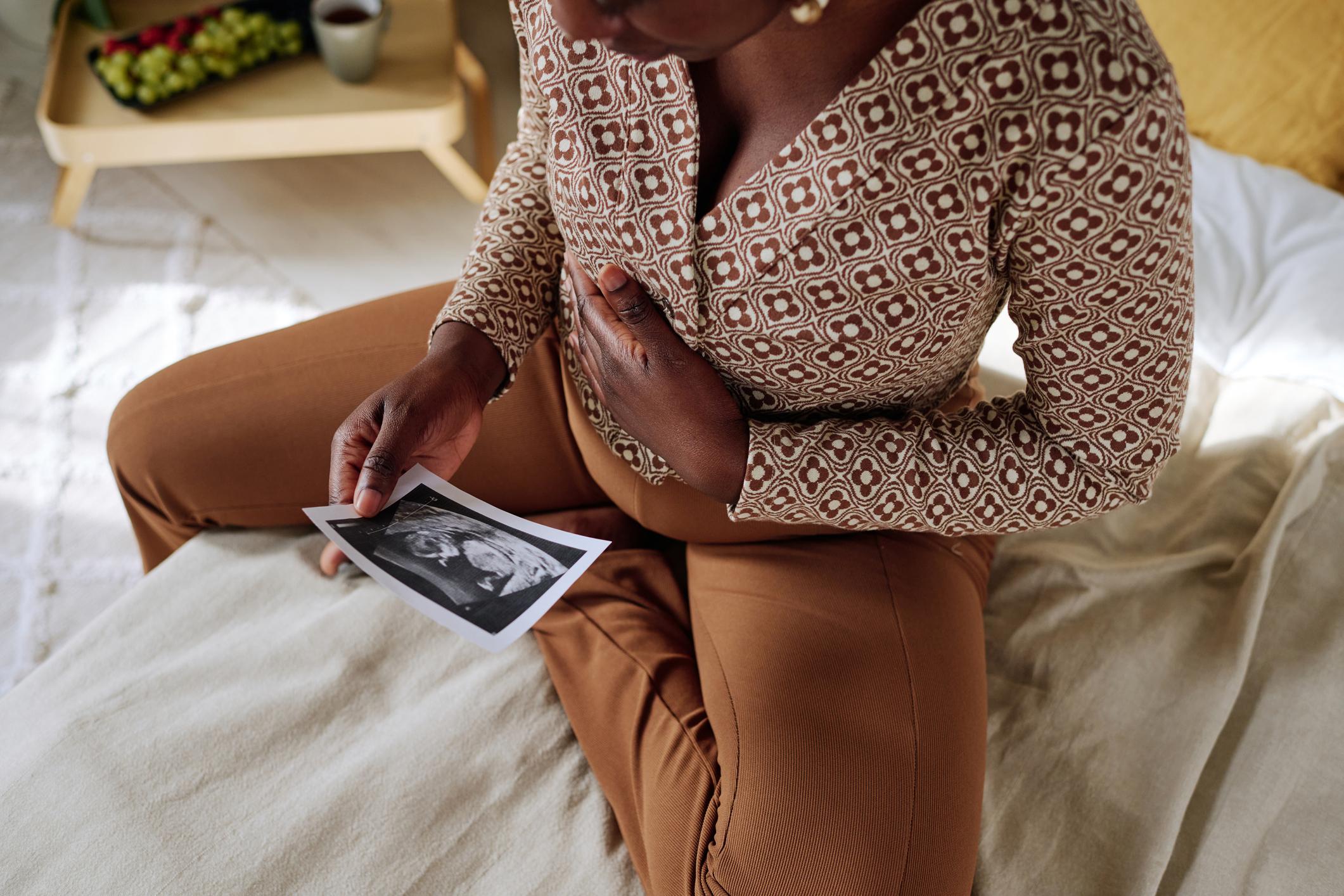Three quarters of women using ART have a child 5 years after starting treatment, either after fertilization attempts or by natural conception.
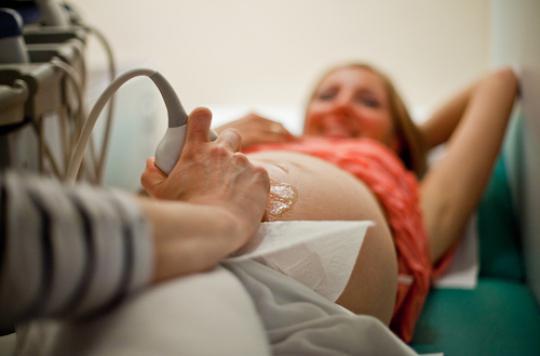
For infertile couples, medically assisted procreation (AMP or PMA) represents the last chance to have a child. a long medicalized process with an uncertain outcome for them. But for 3 couples out of 4, this difficult journey is erased by the arrival of a baby within 5 years of the start of treatment, reveals a Danish study presented to the Congress of the European Society for Reproductive Medicine and Embryology which is currently taking place in Helsinki.
In France, in 2013, 23,651 children were conceived by ART while 140,519 attempts at ART (artificial insemination, in vitro fertilization, etc.) were recorded. These “test-tube babies” represent around 3% of the children born that year, or one in 34 children from AMP in 2013.
Nearly 20,000 women followed
Despite these encouraging data put forward by the Biomedicine Agency, couples who use these techniques are far from reassured. “Infertile patients have only 2 questions in mind: what are my chances of having a child, and when will it happen? », Indicates Dr Sara Malchau of the University Hospital of Copenhagen (Denmark) and responsible for the work presented at the congress. It is therefore to best respond to these patients that the specialist has launched a large study.
With her team, she followed for 5 years 20,000 infertile women undergoing ART between 2007 and 2010. The results show that after two years of treatment and attempted ART, 57% had a child, of which 46% thanks to in vitro fertilization (IVF). And at the end of the 5-year follow-up, nearly three-quarters of them had given birth.
“Overall the chances of success are good, but it takes time. Couples will need several cycles of treatment. And even if the chances of conceiving a child thanks to ART are great, there is always a chance to have a baby naturally, ”says Dr Sara Malchau.
18% had a child naturally
Indeed, the results show that spontaneous pregnancies are possible after or during treatment, and at any age. The specialist points out, however, that the probabilities are greater in women under 35 having recourse to artificial insemination. After 5 years of attempts, 18% of these patients have a child naturally, compared to 8% of women over 35 who are trying to have a child by IVF.
“Thanks to these results, we can give couples understandable and realistic information based on their ages and their chances of having a child naturally, right from the start of treatment,” concludes the Danish researcher.
.







